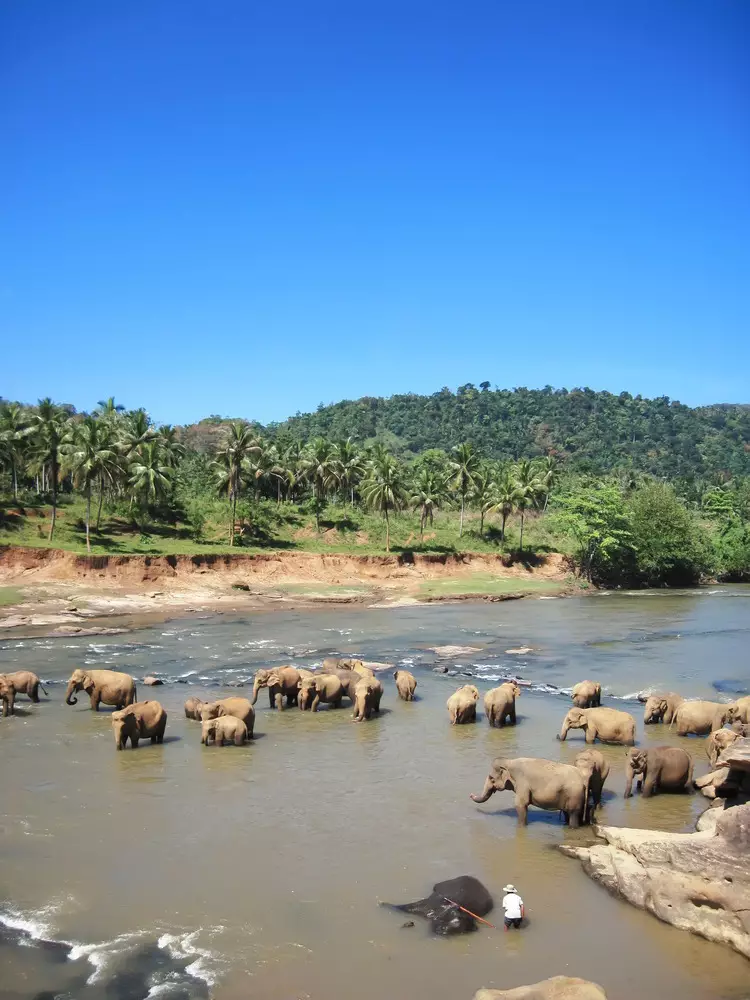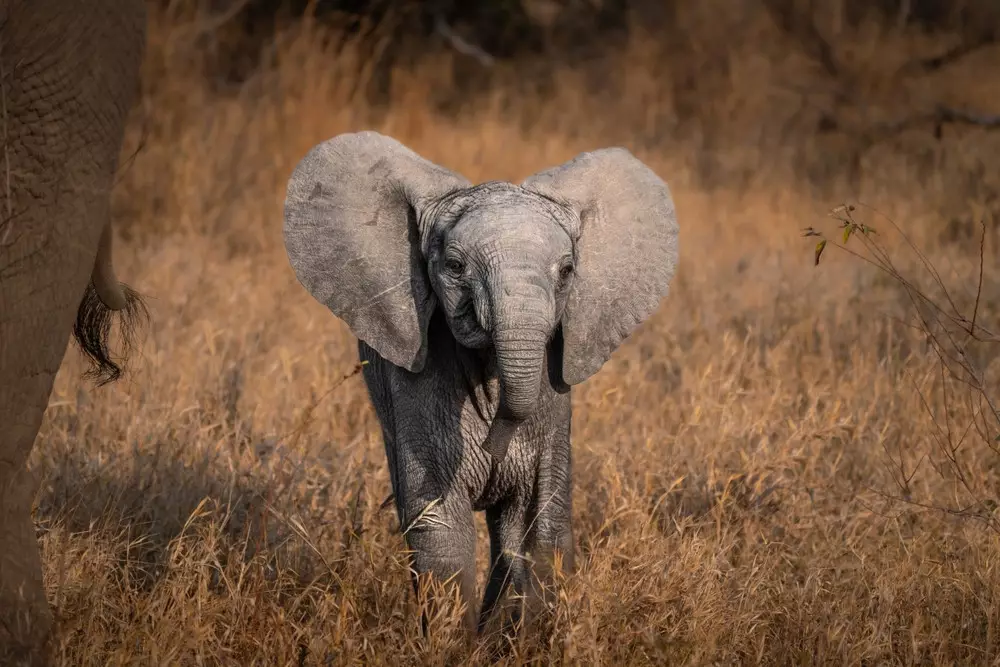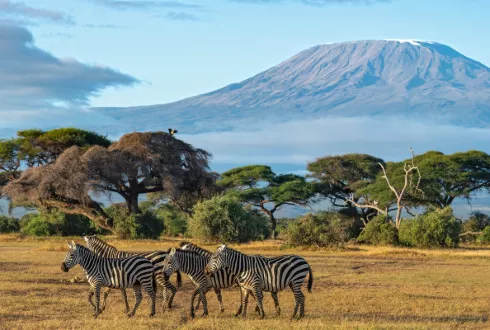We are open 7 days a week from 2 January View our opening hours
The Award-Winning Tour Specialist
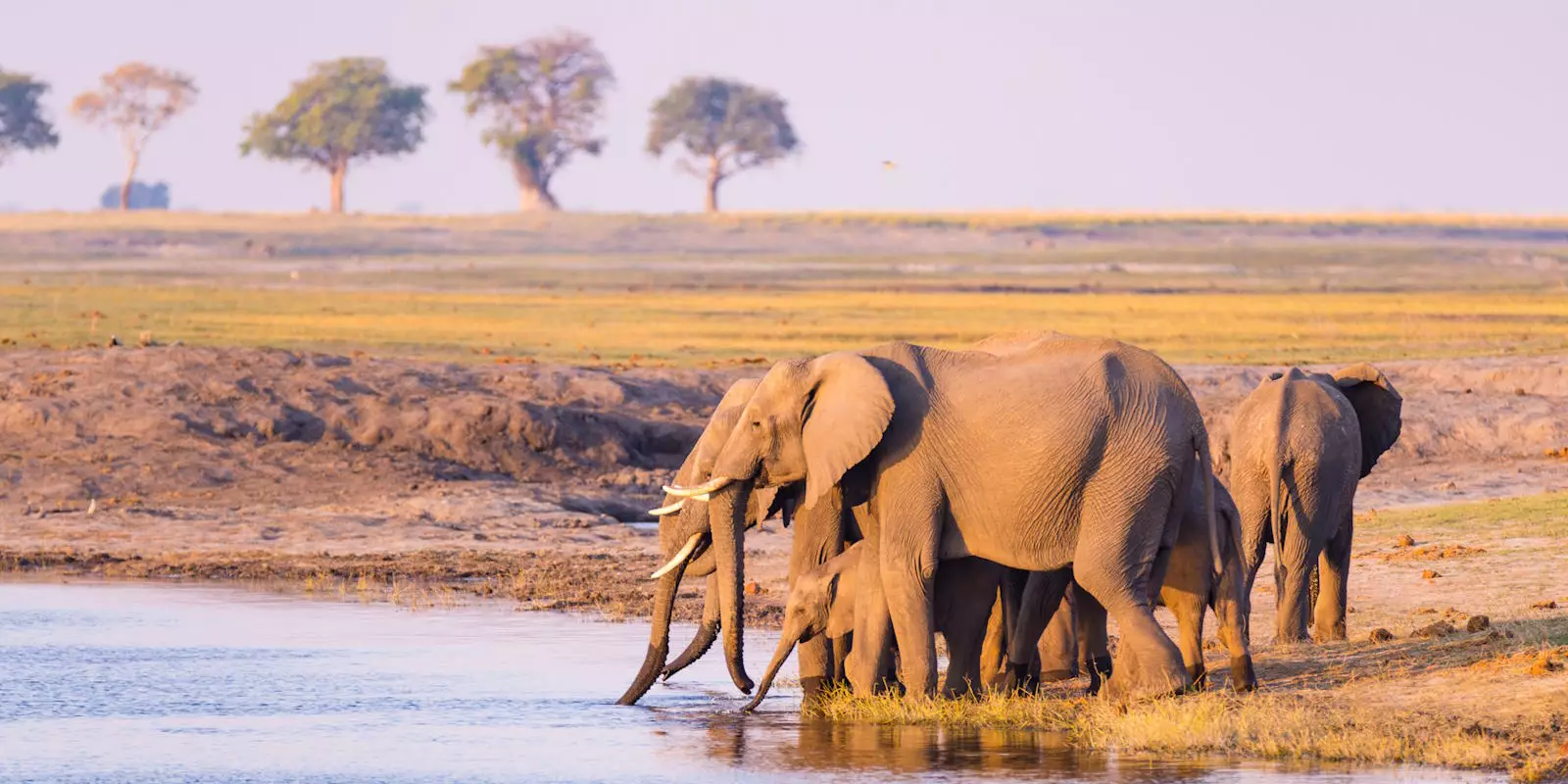
Elephant Safari Holidays with Wendy Wu Tours
Fully Inclusive of Tour & Flights
Fully Inclusive of Tour & Flights
Inclusive of Tour & Flights
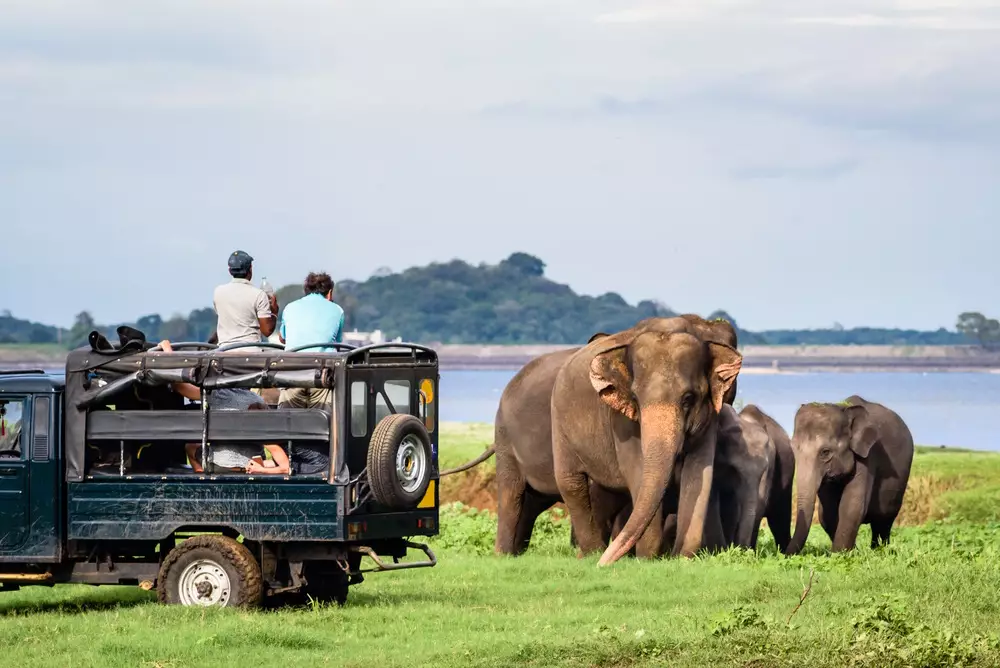
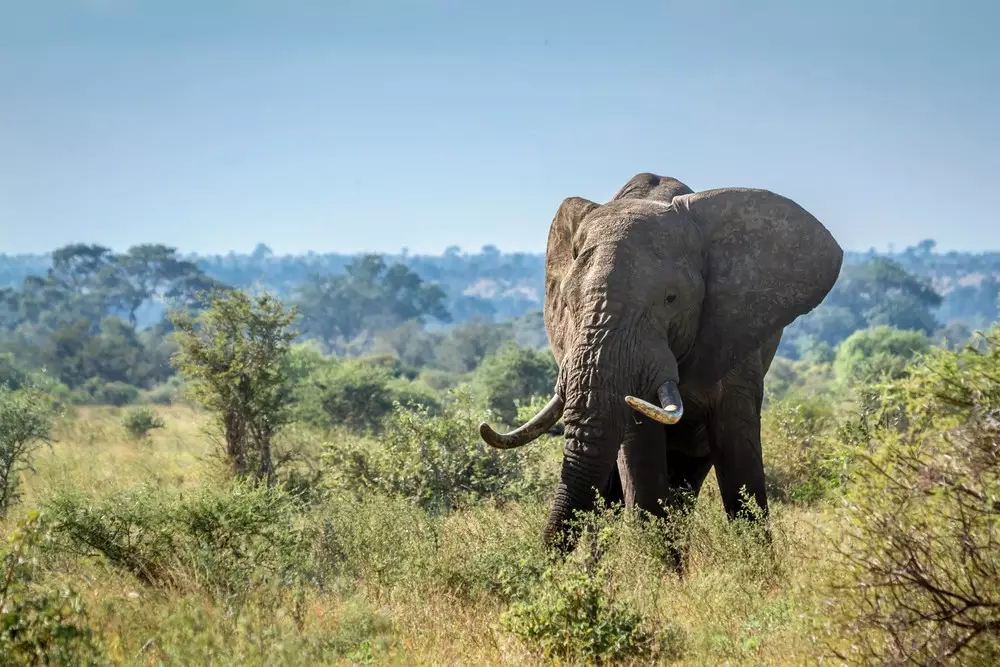
Wendy Wu Tours offers tours that include destinations across southern Africa for spectacular safari experiences to spot African elephants and across India and Sri Lanka and Southeast Asia for adventures that include Asian elephants.
You can see those tours above.
